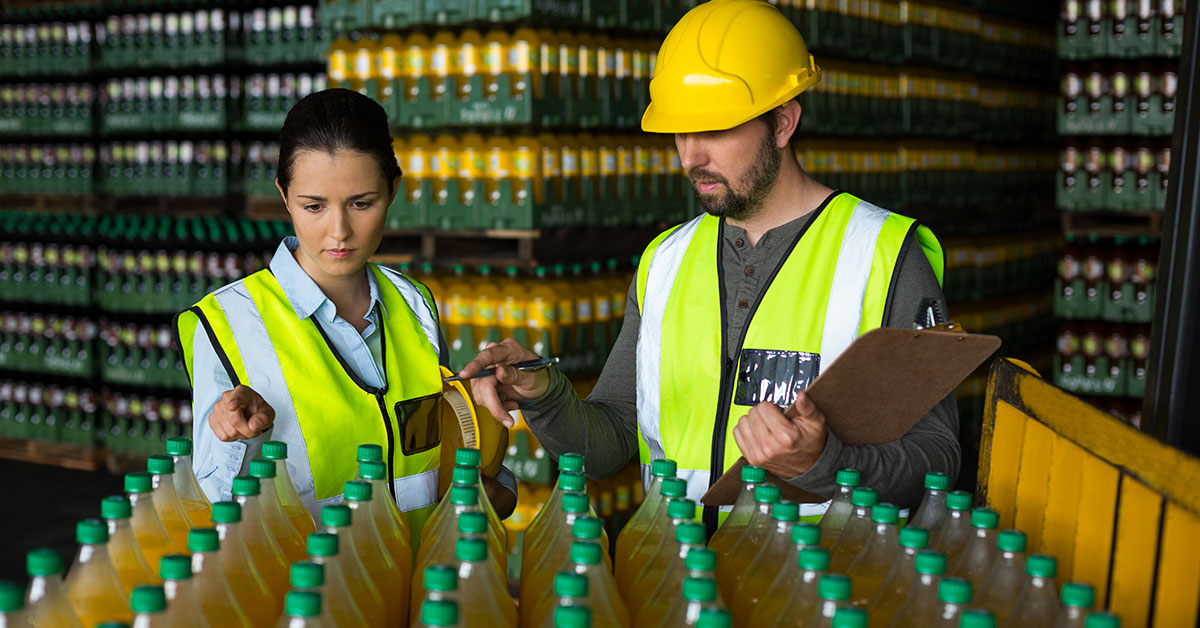The share of totally recyclable packaging is still at an unfortunate 6.2% in Italy, according to what emerged from a survey by the GS1 Italy Observatory. But attention to green packaging is constantly growing.
This sector, according to the research published by Market Watch, will see a worldwide increase of 154 billion dollars by 2028 (+ 60%), achieving a turnover that will exceed 413 billion.
Looking for new materials
Consumers are now calling for clear and comparable information on the sustainability and environmental footprint of the products they purchase. And packaging, in this sense, plays a leading role.
Companies move in search of innovative eco-friendly materials. Packaging World has compiled a list of them which includes marine algae, mixtures produced with wood fibers, nanoclay, ie highly soluble polymer clay composites, and lignin.
The rise of recycled papers
But there is also space for aluminum and above all recycled paper, a material that makes it possible to eliminate almost 7 million tons of plastic a year.
And in Italy it is precisely recycled paper that inspires the packaging sector to reduce the environmental impact.
The performance to be imitated and guaranteed obviously remains those of plastic which, so suitable for contact with food, allows excellent product conservation.
The ‘recirculation’ of plastic
It should also be noted that it is not necessary to completely eliminate plastic. Proof of this was the “Ricircola” project, developed by the Interdepartmental Center for Industrial Research on Renewable Sources, Environment, Sea and Energy of the University of Bologna.
The project proposed a new model for managing plastic food trays along their life cycle. The concept of circular economy has led to the implementation of an integrated supply chain and the direct involvement of the final consumer.
The result? “Ricircola” has made it possible to increase the recovery efficiency of recycled plastic by + 120%. This also means a reduction in waste sent to landfills and the replacement of a substantial amount of virgin plastic with secondary plastic.
Therefore R-Pet still represents a valid alternative in cases where it is impossible to give up plastic.
Sources: Il Sole 24 Ore, unibo.it


